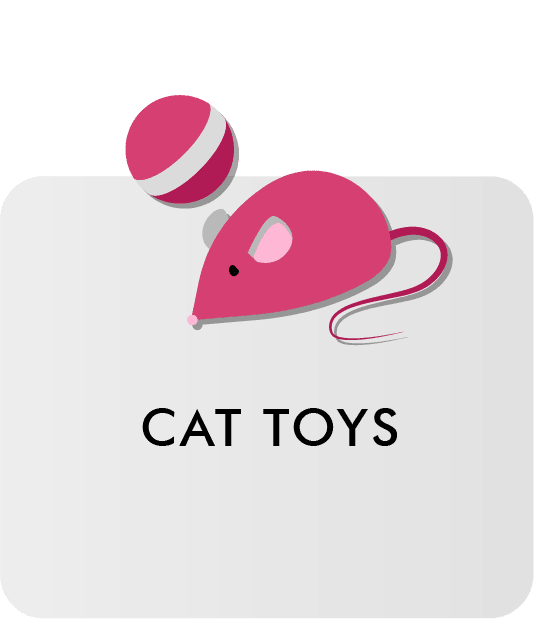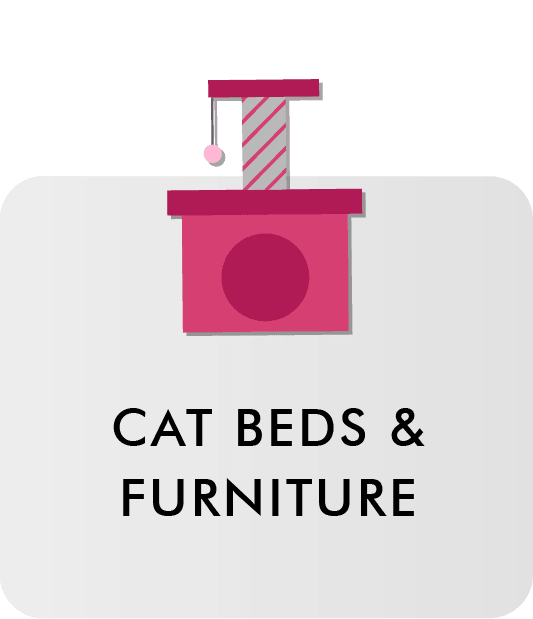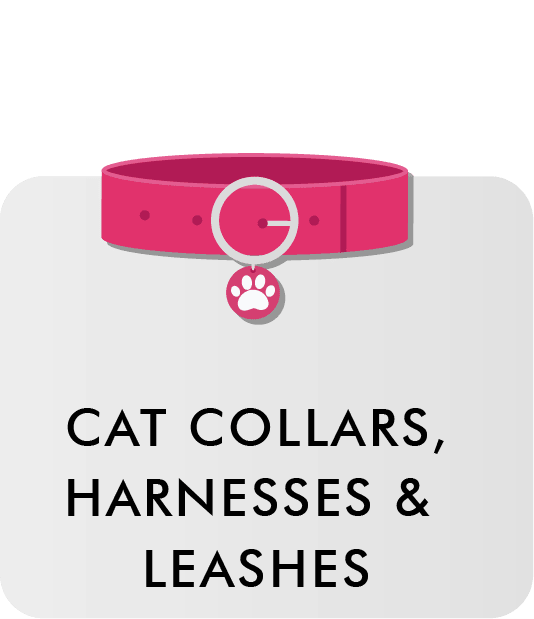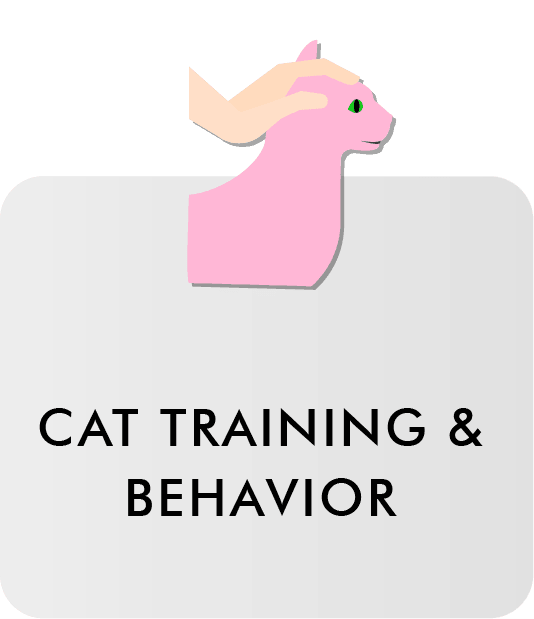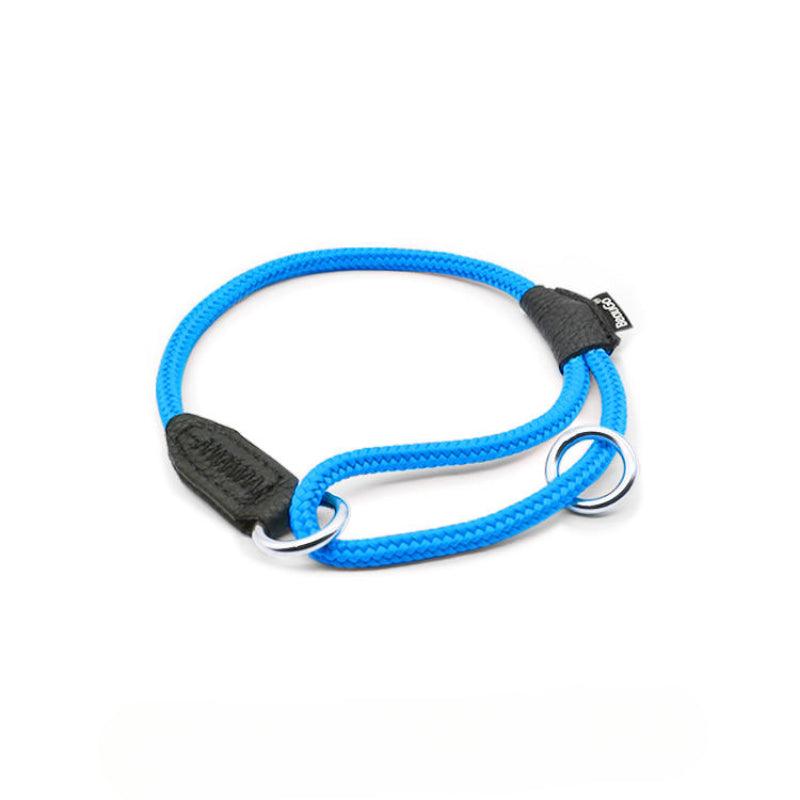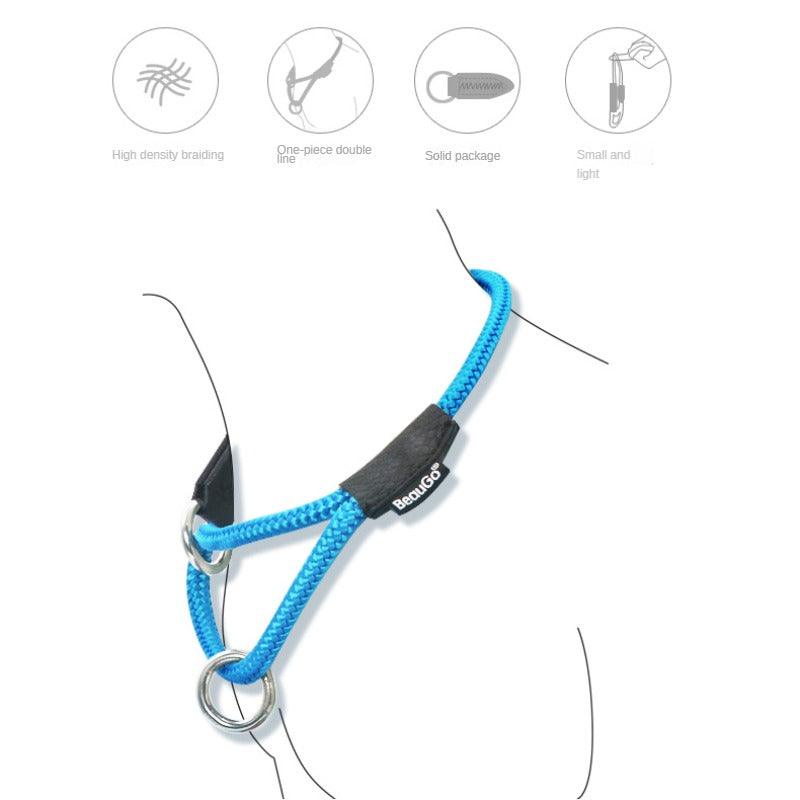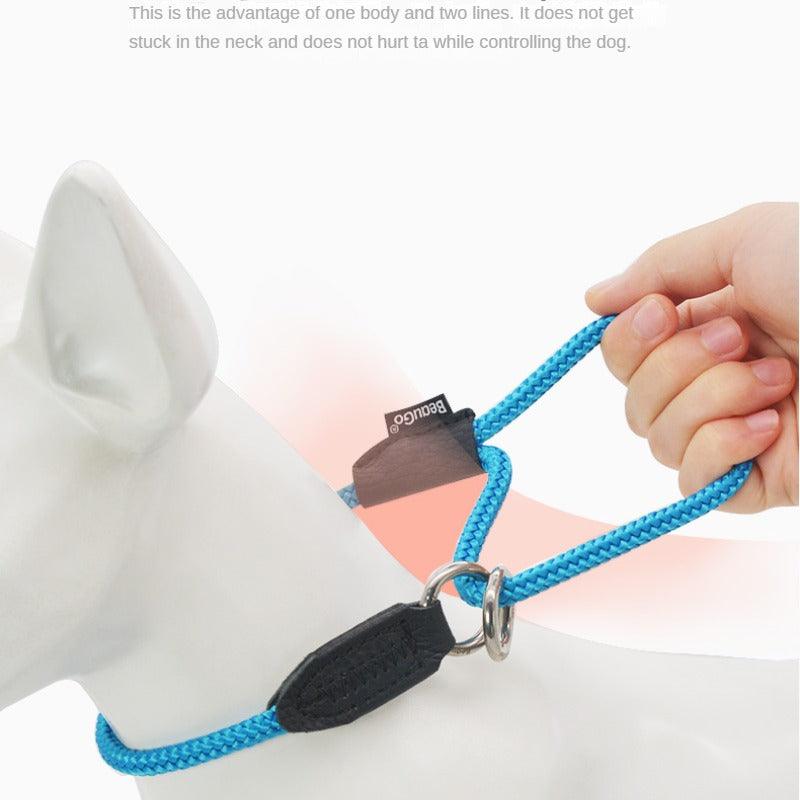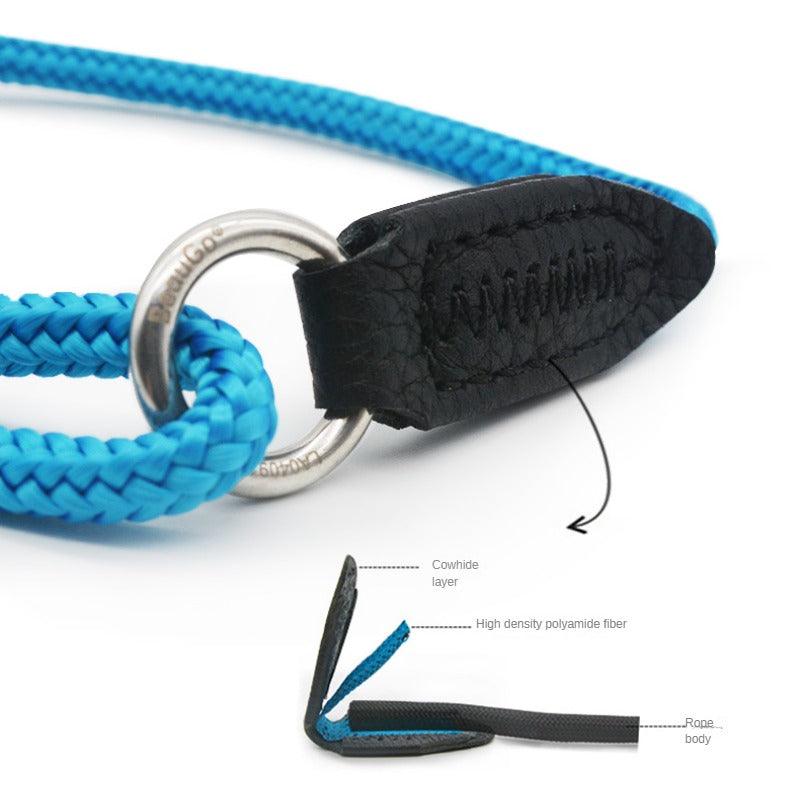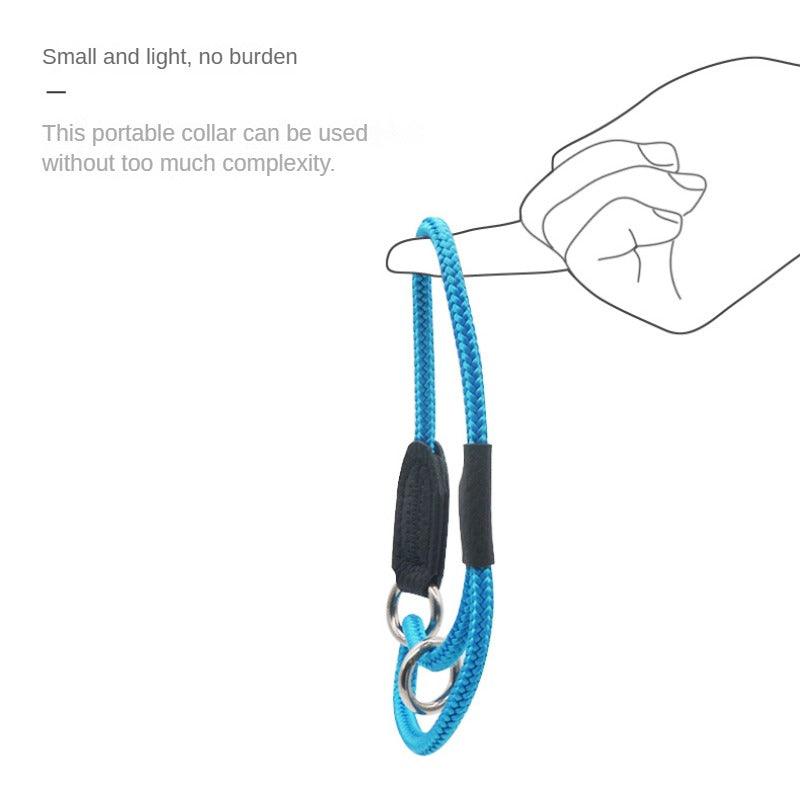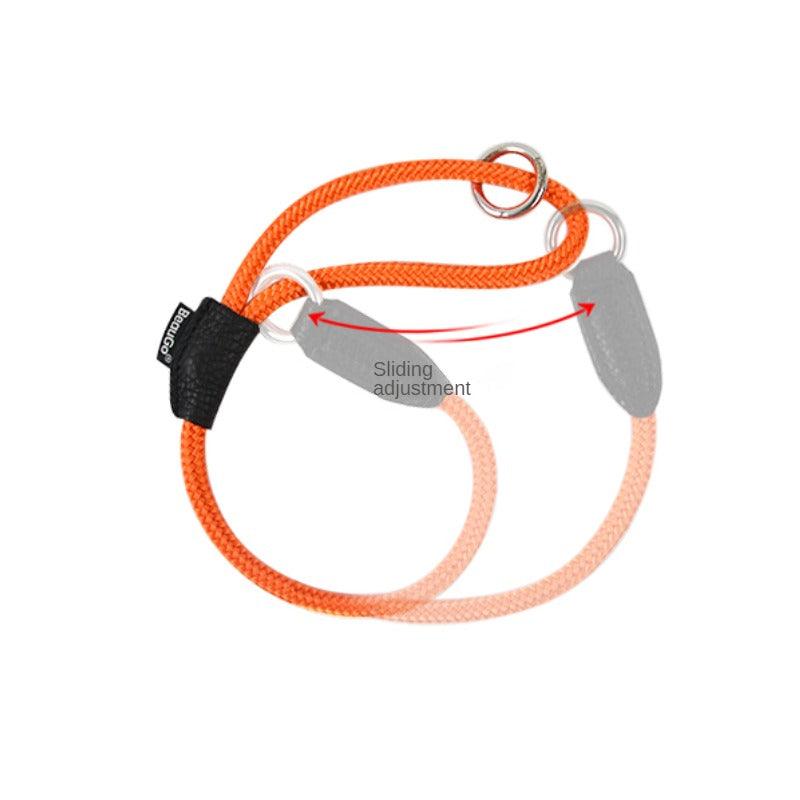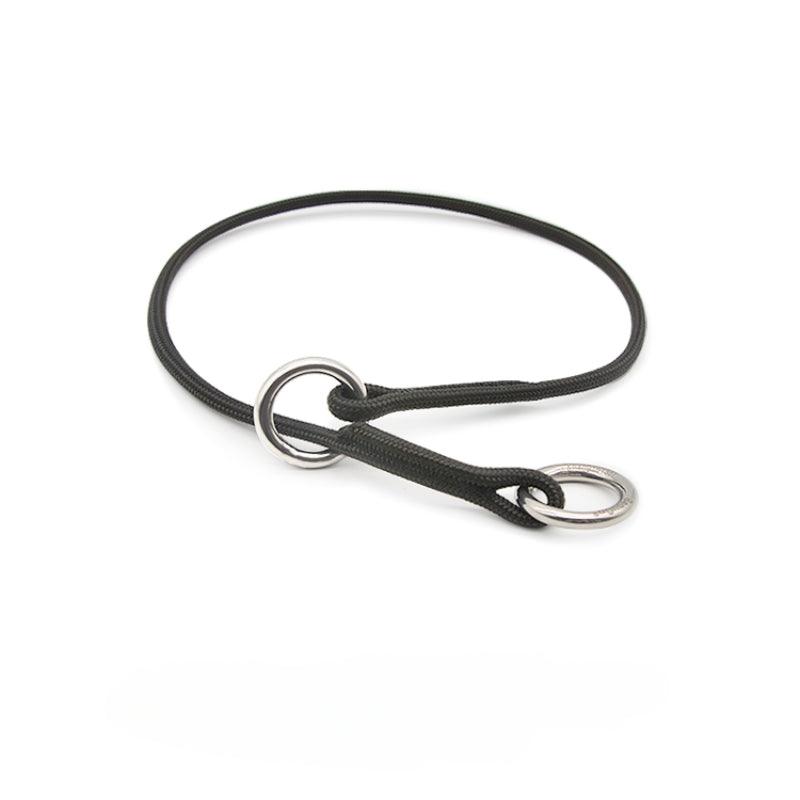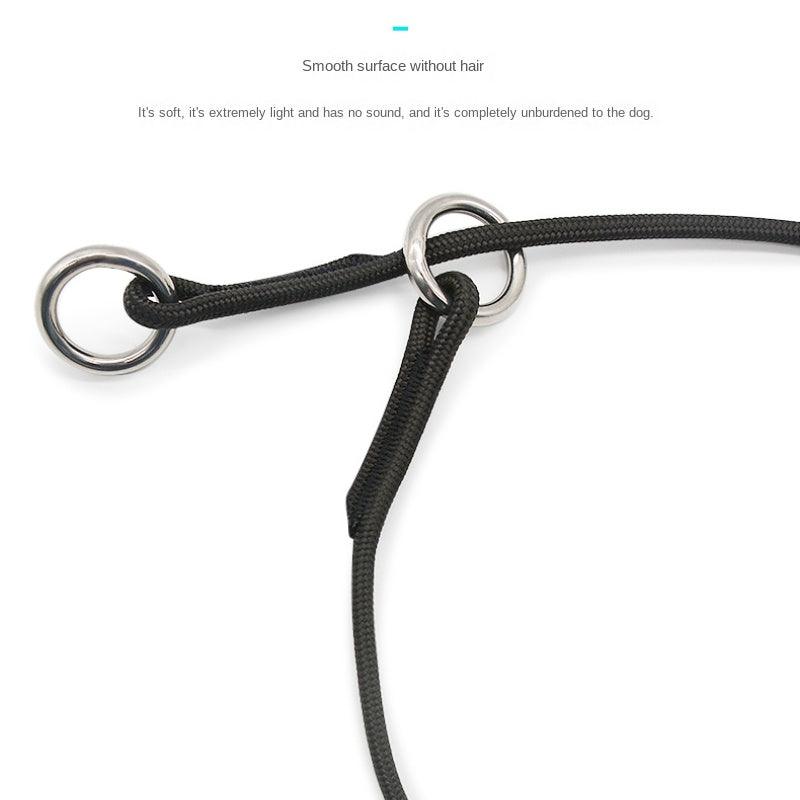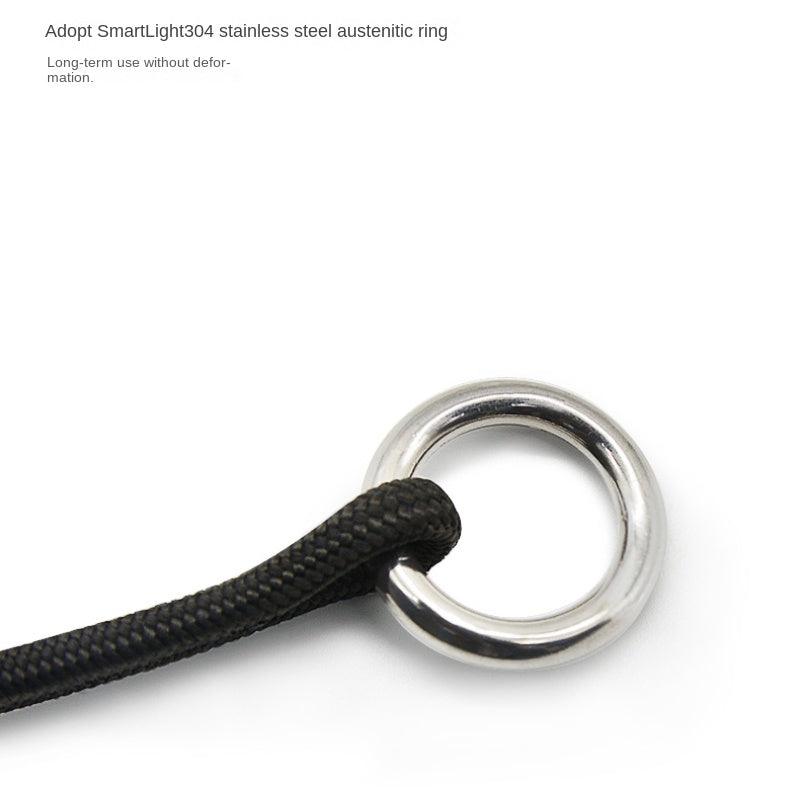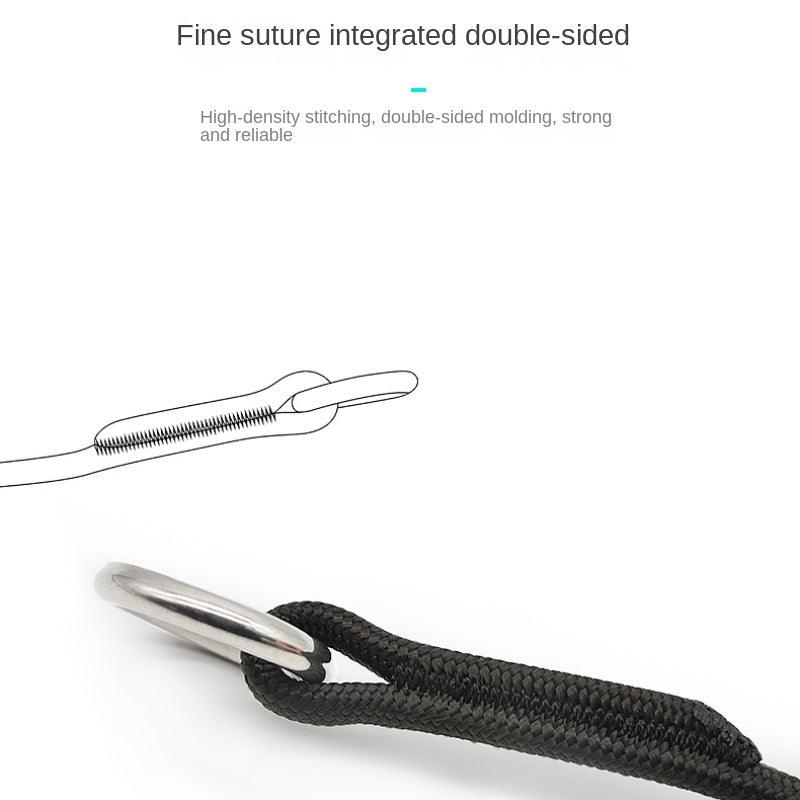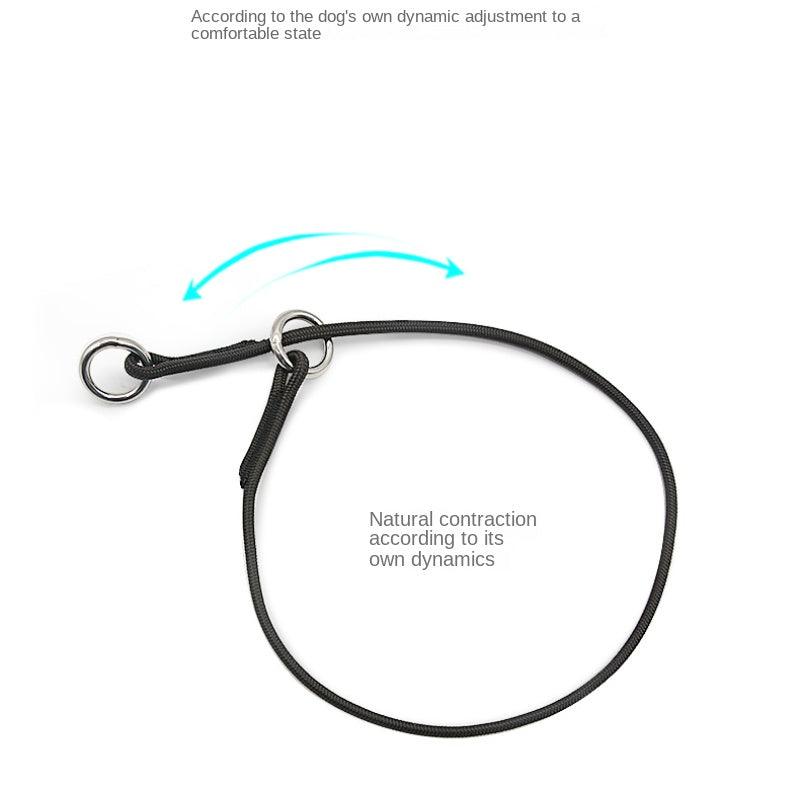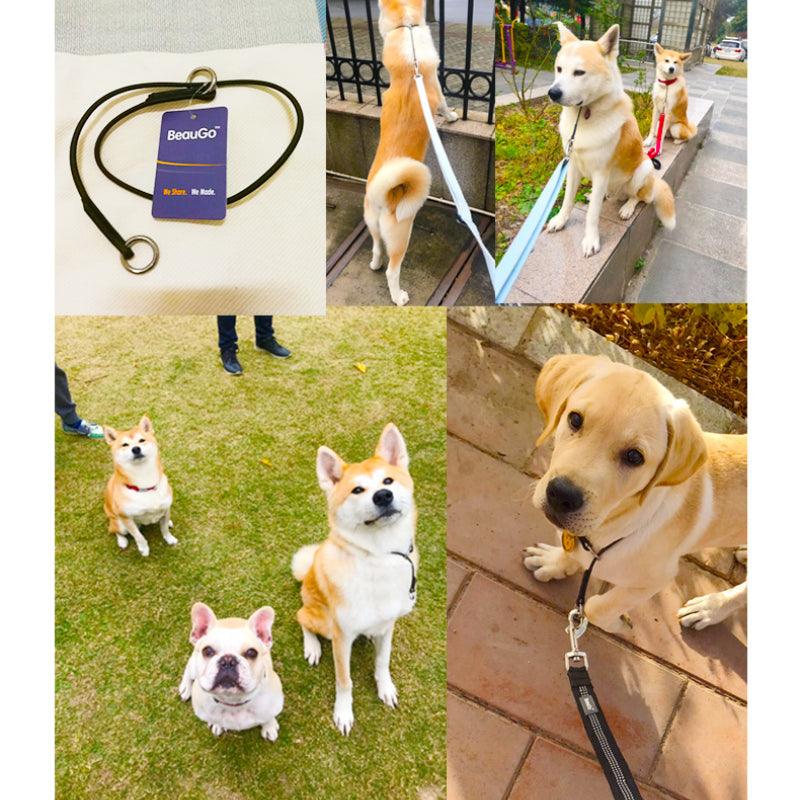KIKOPALS’ Training Collars, Leashes & Harnesses collection is specifically designed to help you effectively train your feline friend while ensuring their safety and comfort. Training your cat is essential for reinforcing positive behaviors, enhancing their obedience, and creating a harmonious relationship between you and your pet. Our high-quality products are made from durable, pet-safe materials and are crafted to provide the best experience for both you and your cat.
Training Collars: Guidance and Control
Our training collars are equipped with various features that make them ideal for reinforcing good behavior. Many of our collars come with adjustable fits, ensuring a snug and comfortable fit for cats of all sizes. Designed to prevent escape, these collars are perfect for training sessions and outdoor adventures. Some models include reflective materials for added safety during nighttime walks, ensuring your cat is visible in low-light conditions.
Durable and Comfortable Leashes
KIKOPALS offers a variety of training leashes designed for maximum control and comfort. Our leashes come in different lengths, allowing you to choose the right one for your training needs, whether it’s a short leash for close control or a longer one to give your cat some freedom. Made from sturdy materials, our leashes are designed to withstand daily wear and tear while providing a secure connection to your cat’s collar or harness.
Secure and Adjustable Harnesses
Our training harnesses are essential for safely walking and training your cat. Unlike traditional collars, harnesses distribute pressure evenly across your cat’s body, reducing the risk of injury and allowing for comfortable movement. Our harnesses are adjustable, ensuring a perfect fit that prevents slipping and escape. Designed for both indoor and outdoor training, these harnesses promote confidence and security during walks and playtime.
Encouraging Positive Behavior
Using our collars, leashes, and harnesses in conjunction with positive reinforcement training techniques can significantly enhance your cat's behavior. Training sessions can include rewarding good behavior with treats or praise while using the leash and harness for guidance. KIKOPALS’ products are designed to make these training sessions enjoyable and effective, fostering a strong bond between you and your cat.
Versatile Options for Every Cat
We understand that every cat is unique, which is why our Training Collars, Leashes & Harnesses collection features a variety of styles and colors. From soft and padded harnesses to lightweight leashes, you can find the perfect tools to suit your cat’s personality and training requirements. Our products are suitable for kittens and adult cats alike, making it easy to train your pet from a young age.
Quality You Can Trust
KIKOPALS partners with trusted brands known for their commitment to quality and innovation in pet training products. Each item in our collection is carefully selected to ensure durability, safety, and effectiveness, giving you confidence in your training journey.
Explore KIKOPALS’ Training & Behavior - Training Collars, Leashes & Harnesses collection today to find the perfect tools to help train your beloved feline companion. With our focus on quality, safety, and comfort, you can trust KIKOPALS to support your cat’s training and behavior needs effectively.




